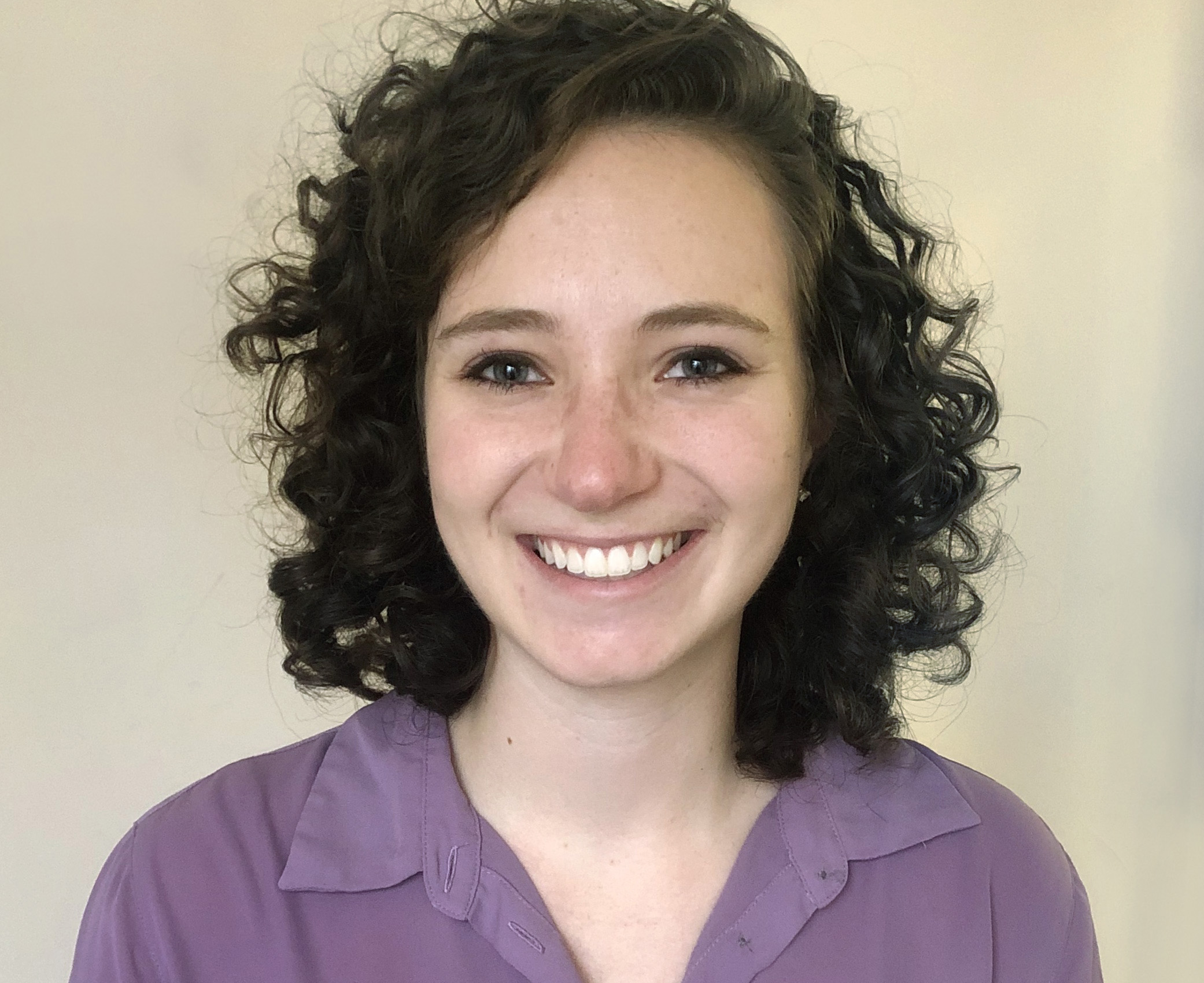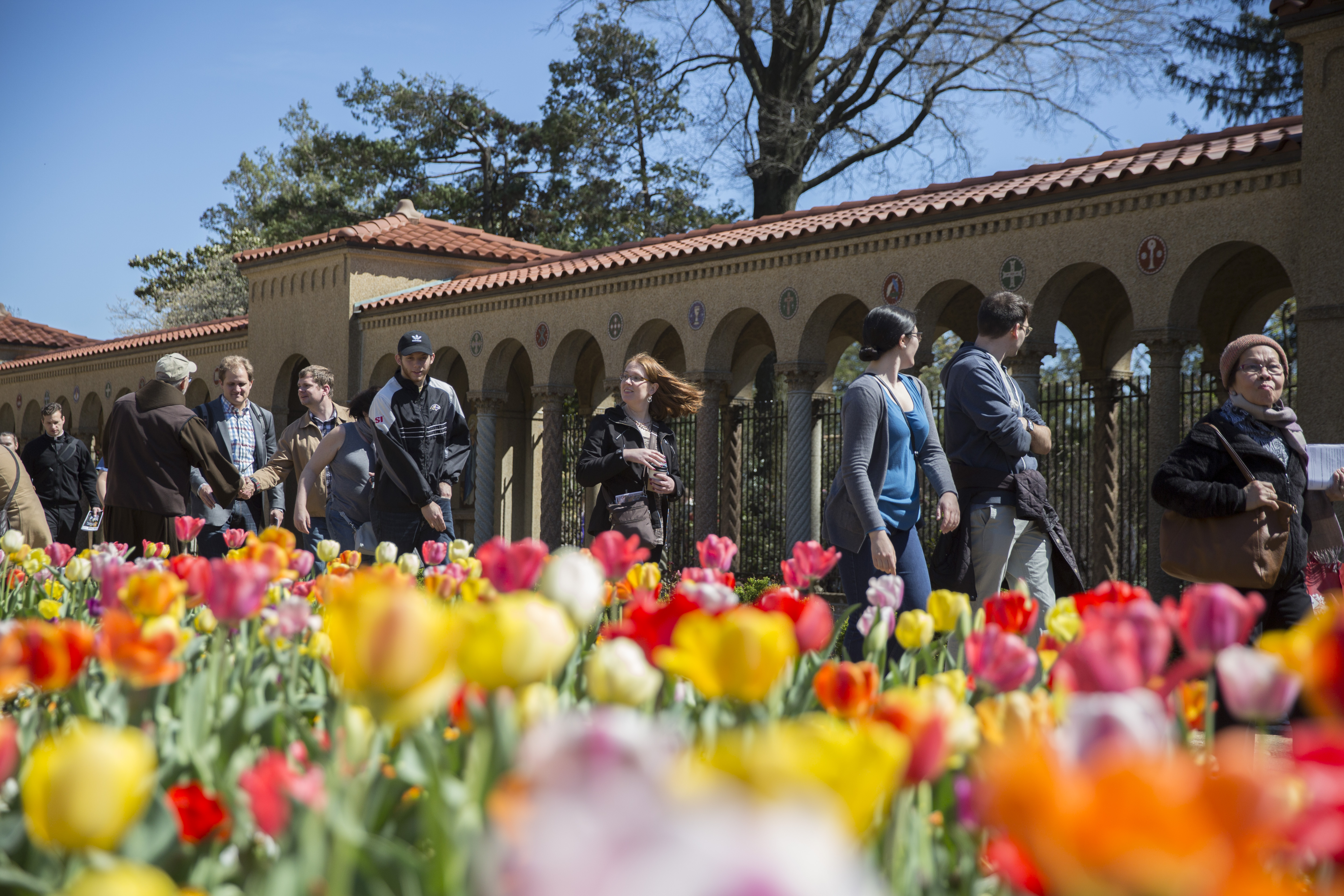Basilica of the National Shrine of the Immaculate Conception

The basilica is often referred to as “America’s Catholic Church,” because it reflects the many cultures that come together to form the country and the Church. The more than 80 chapels in the basilica are each sponsored by different ethnic communities and are dedicated to an image of Mary, such as Our Lady of Czestochowa from Poland, Our Lady of China, and Our Mother of Africa. It is the largest Catholic church in the United States and North America, and one of the 10 largest churches in the world, welcoming nearly one million visitors every year.
Franciscan Monastery of the Holy Land in America

For those who would like a more convenient alternative to traveling to the Holy Land, the Franciscan Monastery in Washington houses replicas of Holy Land shrines and catacombs. Outside, the monastery has 42 acres with peaceful gardens, including a grotto and outdoor Stations of the Cross. Each year, the monastery’s gardens provide 5-6,000 pounds of produce for the poor in Washington. For a more quiet experience, the monastery also has a hermitage available for one-person retreats.
Saint John Paul II National Shrine

This shrine is a particularly important stop for all those who have a great devotion to Saint John Paul II, as the shrine has relics of that saint available for veneration, as well as a large, interactive exhibit about the life and legacy of the former pope. Visitors can take sacred art tours to learn more about the intricate mosaics found in the shrine’s Redemptor Hominis Church and Luminous Mysteries Chapel.
St. Anselm’s Abbey

St. Anselm’s Abbey is a traditional Benedictine monastery located on 40 acres in Washington, D.C. Guests are welcome to join the monks for prayer and meals or to spend a day there doing their own quiet reflection. Men can stay for multiple days, but they do not have accommodations for women. On weekdays, the monks’ day starts with morning prayer at 5:20 a.m., followed by Mass in their chapel at 7:30 a.m., midday prayer at 12:05 p.m., and Vespers at 6 p.m. A full schedule of the liturgy can be found on their website.
The Brick Chapel at St. Mary’s City

This is one of the founding places of the Catholic Church in the United States. After English colonists landed on nearby St. Clement's Island in Maryland in 1634 and participated in the first Catholic Mass in the English-speaking colonies, Jesuit priests later built a wooden chapel on a parcel of land they called “the Chapel Land.” Religious freedom and toleration became cornerstones of the new Maryland colony. The chapel was burned down during an attack on St. Mary’s City in 1645, and a new brick chapel was built on that site in 1667. It didn’t last long, because in 1704 the royal governor ordered it to be locked and never again used for religious purposes, and the Jesuits disassembled it brick by brick. In 2009, the doors to the brick chapel once again opened after a campaign to raise funds to reconstruct the historic site of religious freedom. The reconstructed chapel stands as a symbol of Maryland's status as the birthplace of religious freedom in the United States.
Cathedral of St. Matthew the Apostle

As the Mother Church of the Archdiocese of Washington, the cathedral is named after St. Matthew, the patron saint of civil servants, and it is a special place of prayer for the many government workers in this area. The Funeral Mass for President John F. Kennedy, the nation’s first Catholic president, was celebrated here on Nov. 25, 1963. The cathedral is a landmark of faith in the nation’s capital, offering daily Masses for residents, workers and visitors to the area. Just before the United States Supreme Court begins its session each year, St. Matthew’s hosts a special Mass known as the “Red Mass” to pray for those in the legal profession. Every Sunday, people gather for a Latin Mass at 10 a.m. in the cathedral, with music from St. Matthew's Schola Cantorum (Latin for "School of Singers").











